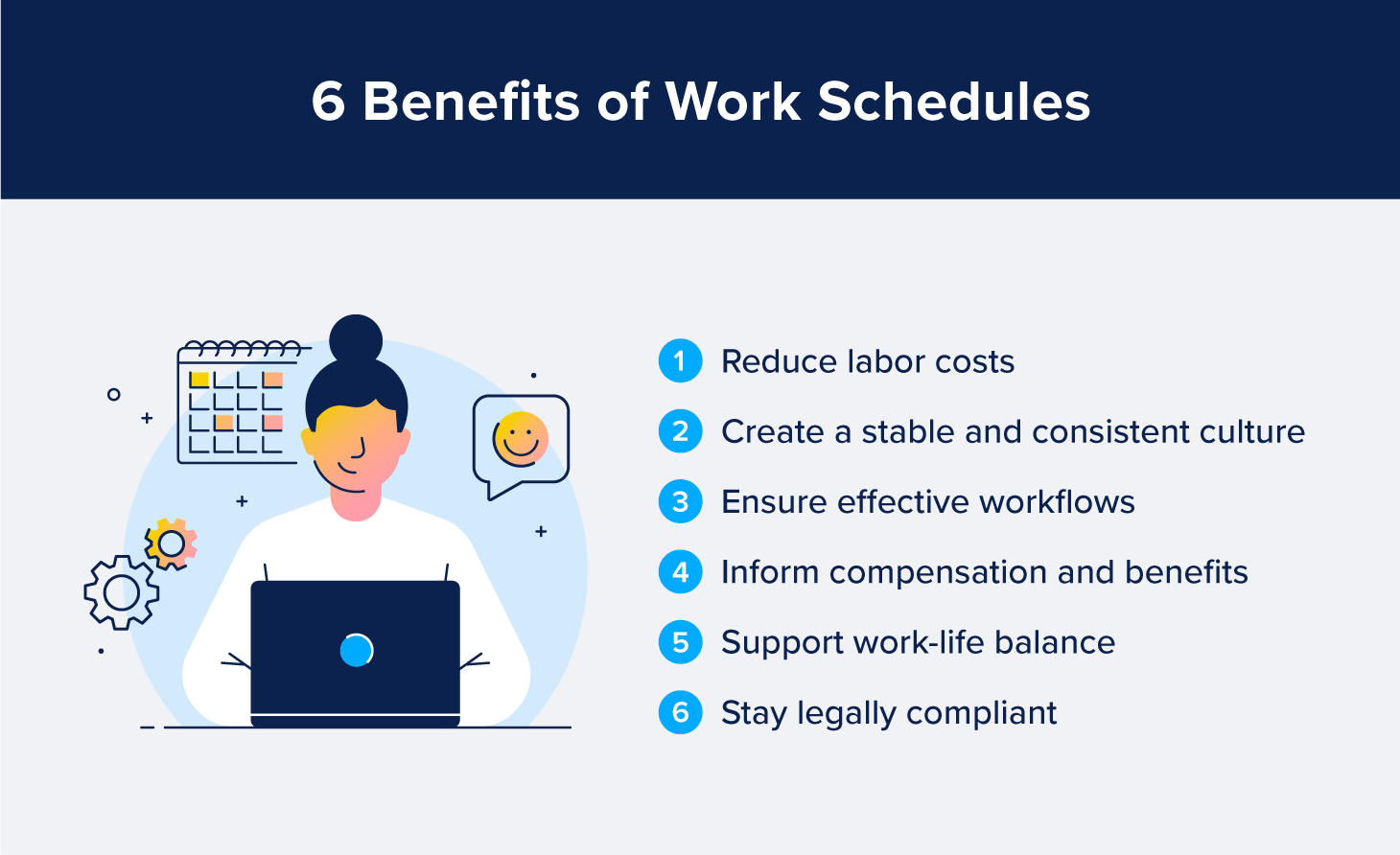
What are the benefits and challenges of labour scheduling

Labour scheduling is an essential aspect of workforce management that dictates how employees' working hours are organized and allocated. What is a shift? A shift refers to a fixed work period in which employees are scheduled to perform their duties. Properly implemented, labour scheduling can optimize productivity, enhance employee engagement, and minimize operational costs. However, a well-structured labour schedule is not just about filling time slots; it plays a critical role in promoting a healthy work-life balance, efficiency, and satisfaction among the workforce.
The importance of effective labour scheduling cannot be overstated. An efficient scheduling model not only provides clarity for employees regarding their work hours but also ensures that organizations have adequate coverage to meet demand. On the flip side, poor scheduling can lead to fatigue, decreased morale, and ultimately, higher turnover rates. Understanding the dual nature of labour scheduling—its benefits and challenges—is essential for both employers and employees.
The Importance of Labour Scheduling
Labour scheduling goes beyond just organizing shifts; it reflects the operational efficiency of an organization. Proper scheduling allows businesses to align human resources with strategic goals, ensuring that workforce availability meets customer needs. When businesses effectively manage their schedules, they can reduce overtime costs and increase employee productivity.
A well-structured labour schedule can support recruitment and retention efforts. For instance, many employees today prioritize work-life balance and flexibility. By offering schedules that consider personal needs, organizations can create a more satisfied and committed workforce. In this context, understanding what is a shift and its implications on employee well-being becomes crucial in creating a sustainable work environment.
Benefits of Effective Labour Scheduling
Increased Productivity
One of the primary benefits of effective labour scheduling is increased productivity. When employees are assigned shifts that align with their natural rhythms — taking into account factors such as peak performance times — businesses can achieve optimal output. For instance, scheduling more demanding tasks during an employee’s most alert hours can enhance overall performance.
Cost-Effectiveness
Effective scheduling also has financial advantages. By minimizing overtime and excessive labor costs, organizations can optimize their budgets. Proper scheduling allows businesses to accurately forecast staffing needs, reducing the chances of overstaffing during low-demand periods and understaffing during peak times.
Flexibility and Employee Satisfaction
Flexibility in labour scheduling can significantly boost employee satisfaction. When organizations provide a degree of choice in scheduling, it enhances morale and commitment. Employees are likely to remain with an employer who respects their individual needs for family time, education, or personal projects.
Flexibility and Employee Satisfaction
Flexibility is one of the most sought-after attributes by today's workforce. With advancements in technology and changes in work culture, many employees prefer non-traditional hours that allow for personal commitments. By recognizing the importance of flexibility in labour scheduling, organizations can attract and retain a diverse workforce.
This flexibility can help employees balance their work and personal life, thus increasing their overall job satisfaction. Moreover, when employees feel valued and supported in their scheduling needs, their engagement and productivity levels are likely to rise. This highlights the critical link between scheduling practices and employee satisfaction, allowing employers to cultivate a more dedicated workforce.
Challenges Associated with Shift Work
While there are numerous benefits associated with labour scheduling, challenges also exist, particularly concerning shift work. Employees who work irregular shifts often experience difficulties in managing their personal lives, leading to conflicts with family and social commitments. The unpredictability of work hours can also contribute to increased stress levels.
Another significant challenge is the potential for health risks associated with shift work. Disruptions in sleep patterns, as a result of unconventional working hours, can lead to various health issues. Employees may experience chronic fatigue, increased anxiety, and even chronic diseases. Addressing these challenges is crucial for organizations to foster a healthier work environment.
Impacts on Health and Well-Being
Working non-standard hours can drastically affect an employee's health and well-being. Studies reveal that shift workers often have disrupted circadian rhythms, leading to poor sleep quality and increased risks of sleep disorders. As a result, fatigue and decreased cognitive function can affect not just the employees’ work performance but their overall quality of life.
Moreover, shift work has been linked to various health concerns such as obesity, cardiovascular diseases, and digestive problems due to irregular eating patterns. These health issues, if not addressed promptly, can significantly impact an organization’s overall workforce health and efficiency.
Strategies for Overcoming Scheduling Challenges
To mitigate the challenges associated with labour scheduling, organizations must implement effective strategies. One approach is to involve employees in the scheduling process. By allowing employees to have a say in their schedules, organizations can enhance job satisfaction and engagement levels.
Moreover, adopting technology-driven solutions such as scheduling software can streamline the scheduling process. These platforms often provide features that account for employee preferences, skills, and availability, further enhancing the customization of shift assignments.
Additionally, having a robust communication mechanism where employees can express concerns regarding their schedules can help address grievances quickly. This open communication can foster a culture of transparency and trust within the organization, ultimately leading to improved employee relations.
Conclusion
In conclusion, understanding the complexities of labour scheduling is vital for organizations aiming to balance productivity with employee well-being. While what is a shift entails the structuring of work periods, the consequences of poor scheduling can result in negative impacts on health, satisfaction, and overall organizational effectiveness. By leveraging the benefits of effective scheduling and addressing its challenges through strategic planning and communication, employers can create a more engaged, motivated, and healthier workforce at all levels.
Did you find this article helpful? What are the benefits and challenges of labour scheduling See more here Education.
Leave a Reply






Related posts